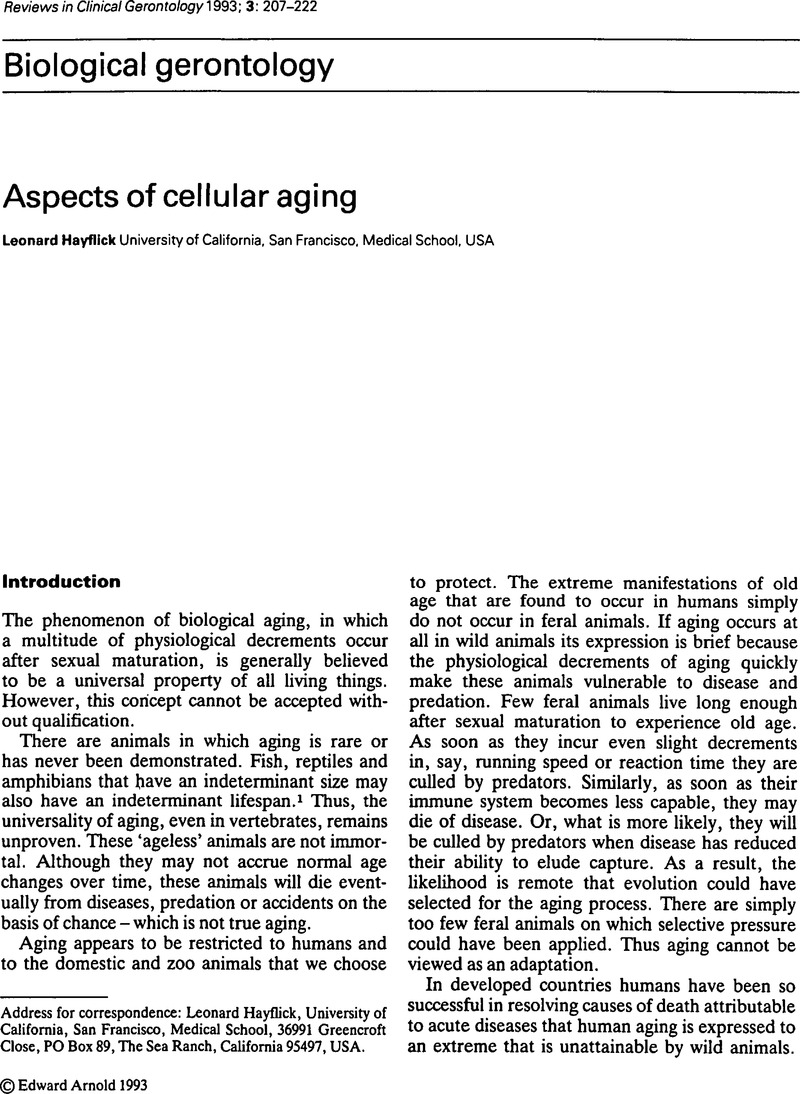Crossref Citations
This article has been cited by the following publications. This list is generated based on data provided by Crossref.
Sarkar, P K
and
Shinton, R A
2001.
Hutchinson-Guilford progeria syndrome.
Postgraduate Medical Journal,
Vol. 77,
Issue. 907,
p.
312.
Hyland, P.
and
Barnett, Y.
2005.
Encyclopedia of Human Nutrition.
p.
40.
Hyland, P.
Barnett, Y.
and
Allen, L.H.
2013.
Encyclopedia of Human Nutrition.
p.
12.
Hyland, P.
Barnett, Y.
and
Allen, L.H.
2013.
Encyclopedia of Human Nutrition.
p.
33.
Chmielewski, Piotr
2018.
Leukocyte count, systemic inflammation, and health status in older adults: a narrative review.
Anthropological Review,
Vol. 81,
Issue. 1,
p.
81.



